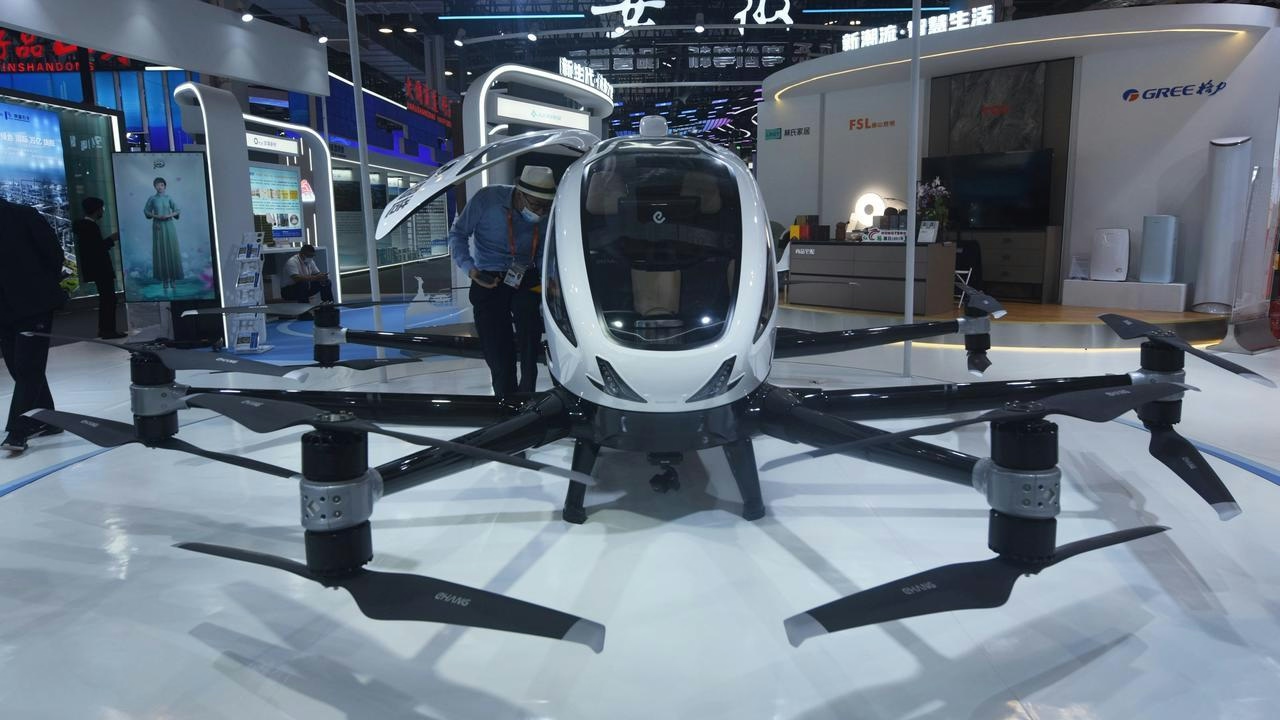
AeroGenie — Uw intelligente copiloot.
Trending
Categories
Drone Delivery CEO Says BVLOS Changes Business Model
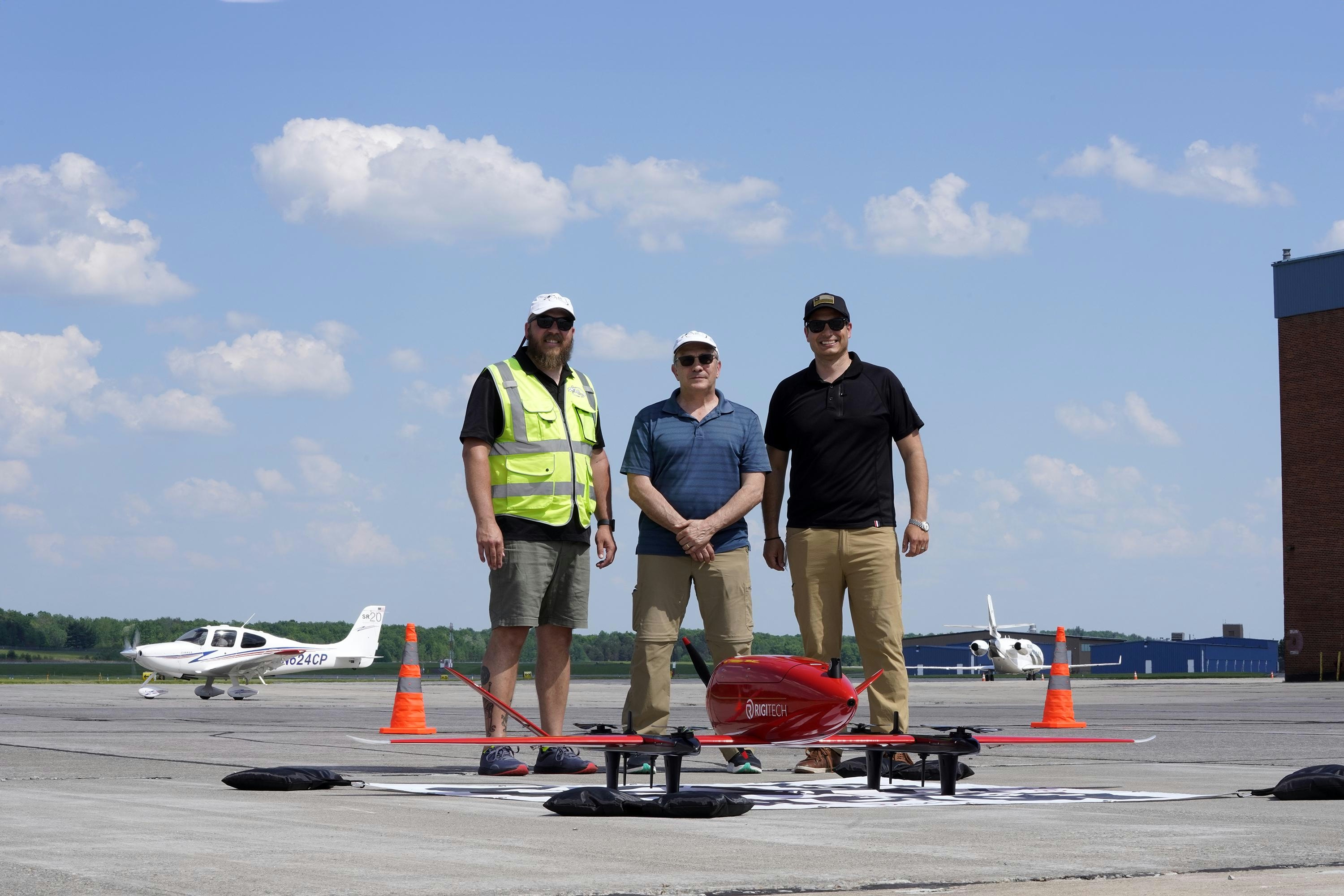
Flytrex Secures FAA Approval for BVLOS Operations, Reshaping Drone Delivery
Flytrex has achieved a significant milestone by obtaining authorization from the U.S. Federal Aviation Administration (FAA) to conduct Beyond Visual Line of Sight (BVLOS) drone operations. This approval positions Flytrex as only the fourth company nationwide to receive such clearance, joining the ranks of Wing (a Google subsidiary), Amazon, and Zipline. The authorization enables Flytrex to expand its drone delivery services across the 37 largest metropolitan areas in the United States, potentially reaching over 100 million people.
The path to BVLOS approval has been marked by nearly a decade of development and stringent safety evaluations. Since 2017, Flytrex has collaborated closely with the FAA, submitting comprehensive safety data, accumulating thousands of flight hours, and conducting operational trials to demonstrate the safe integration of its drones within shared airspace alongside both manned and unmanned aircraft.
Transforming Operations and Cost Structures
Prior to this approval, FAA regulations mandated that each drone flight be monitored by visual observers on the ground, limiting operational scalability. With BVLOS clearance, Flytrex can now manage multiple drones remotely from centralized operations centers, eliminating the need for on-site observers. This transition is expected to enhance operational efficiency substantially and reduce delivery costs.
Yariv Bash, CEO and co-founder of Flytrex, emphasized the transformative impact of the approval, stating, “After nearly a decade of development, this BVLOS approval transforms our entire business model. We can now outperform any other traditional on-demand delivery method—monitoring fleets of drones from centralized command centers rather than posting observers across delivery zones. With BVLOS, we can now build the infrastructure to bring drone delivery to 100 million Americans.”
Expansion Strategy and Industry Developments
Following the BVLOS authorization, Flytrex plans an aggressive expansion in the Dallas–Fort Worth area, targeting the establishment of dozens of new delivery sites by the end of the year and aiming for comprehensive metropolitan coverage within twelve months. The company’s broader ambition is to extend its service nationwide. Recent advancements include integration with the DoorDash app, extended operational hours, and leading payload capacity in the Dallas market. Notably, earlier this year, Flytrex and Wing became the first U.S. commercial drone operators to implement automated flight coordination in shared airspace, showcasing the potential for safe and efficient multi-provider drone operations.
Flytrex has completed over 200,000 deliveries in Texas and North Carolina, focusing primarily on rapid, on-demand food and retail deliveries to suburban neighborhoods. The company underscores its commitment to affordability, operational safety, and community integration as it scales its services.
Ongoing Challenges and Market Dynamics
Despite the promise of BVLOS operations, the drone delivery sector continues to confront significant challenges. Regulatory frameworks remain in flux as the FAA refines its rules and requirements. Operational costs for drone deliveries still exceed those of traditional methods, and public safety concerns persist among segments of the population. Consumer responses are mixed; while many welcome the convenience offered by drone delivery, skepticism about widespread drone use remains.
Competitors in the industry are adopting varied strategies in response to the evolving regulatory landscape. Some are scaling up operations to capitalize on new opportunities, while others concentrate on niche markets. The FAA’s BVLOS approval is widely regarded as a pivotal development that may encourage increased market entry and reshape the future of on-demand delivery. However, the trajectory toward broad adoption will depend on continued advancements in safety protocols, cost efficiency, and public acceptance.

Collins Aerospace and Emirates Extend A380 Landing Gear Maintenance Agreement
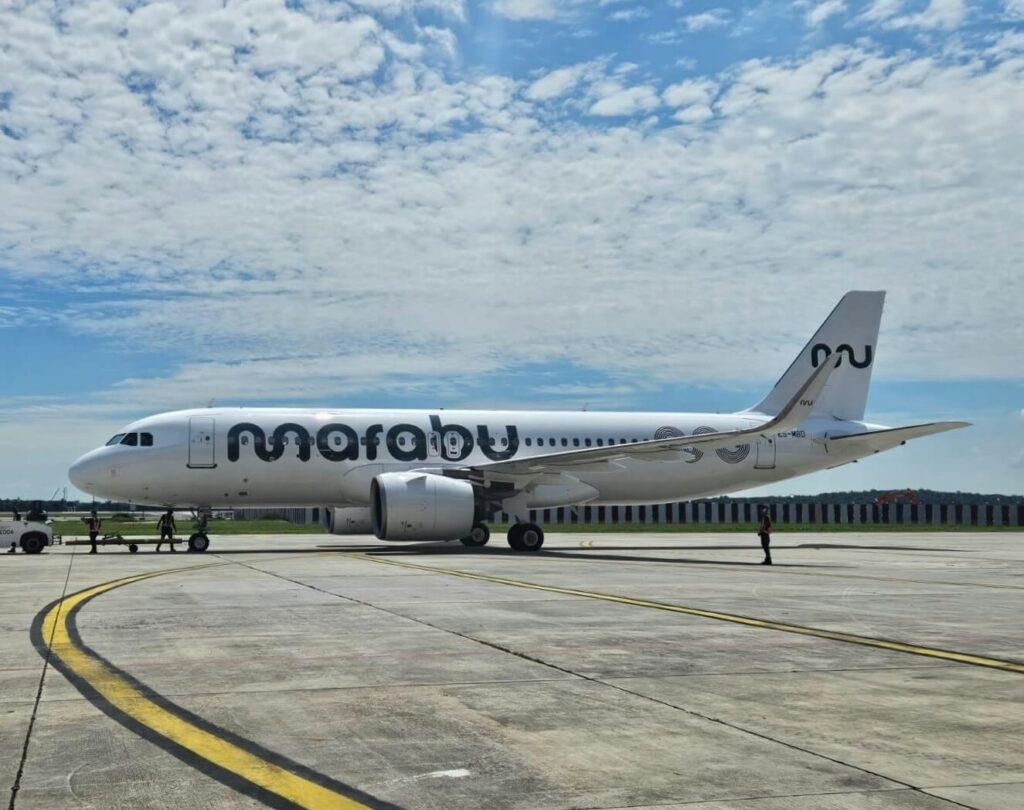
CDB Aviation Leases Four A320neo Aircraft to Marabu Airlines
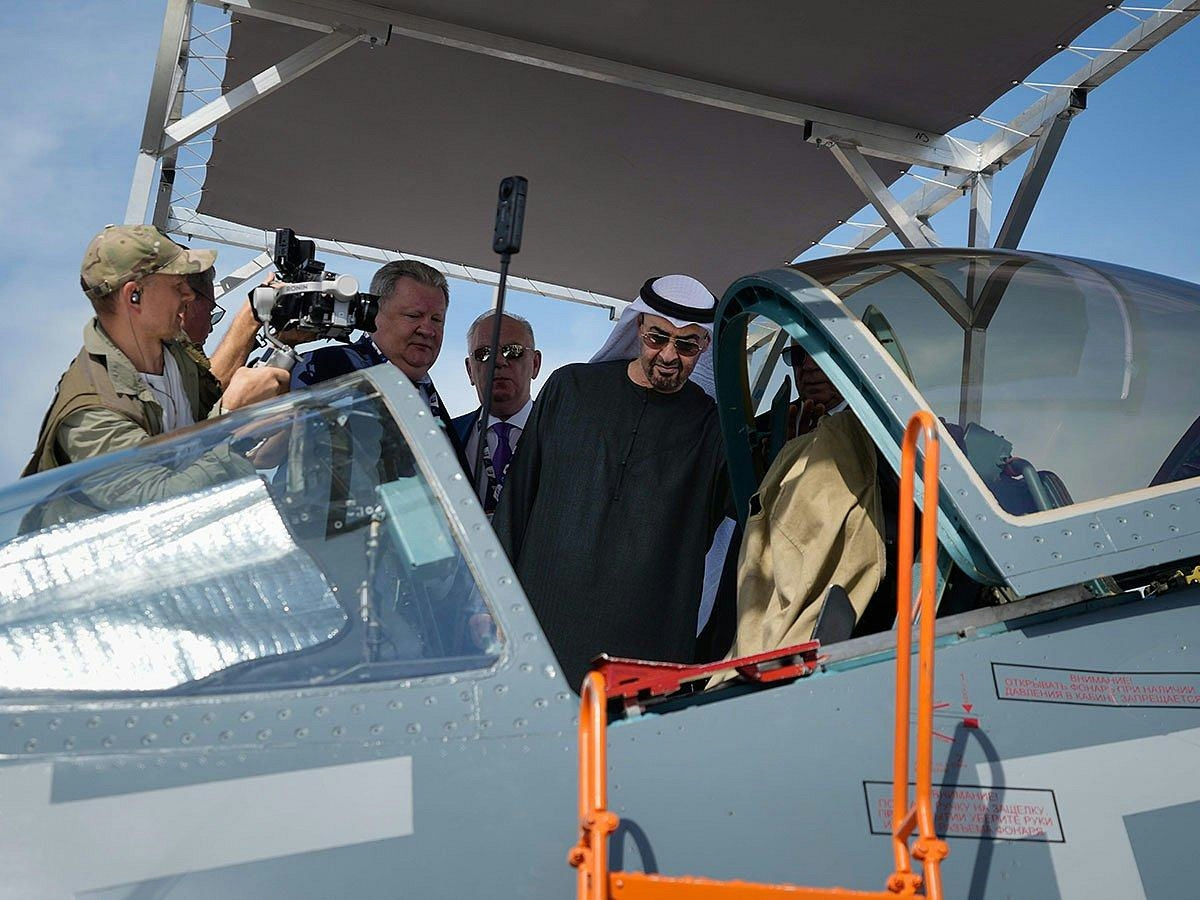
Sheikh Mohammed Visits Dubai Airshow Highlighting Innovation and Expertise
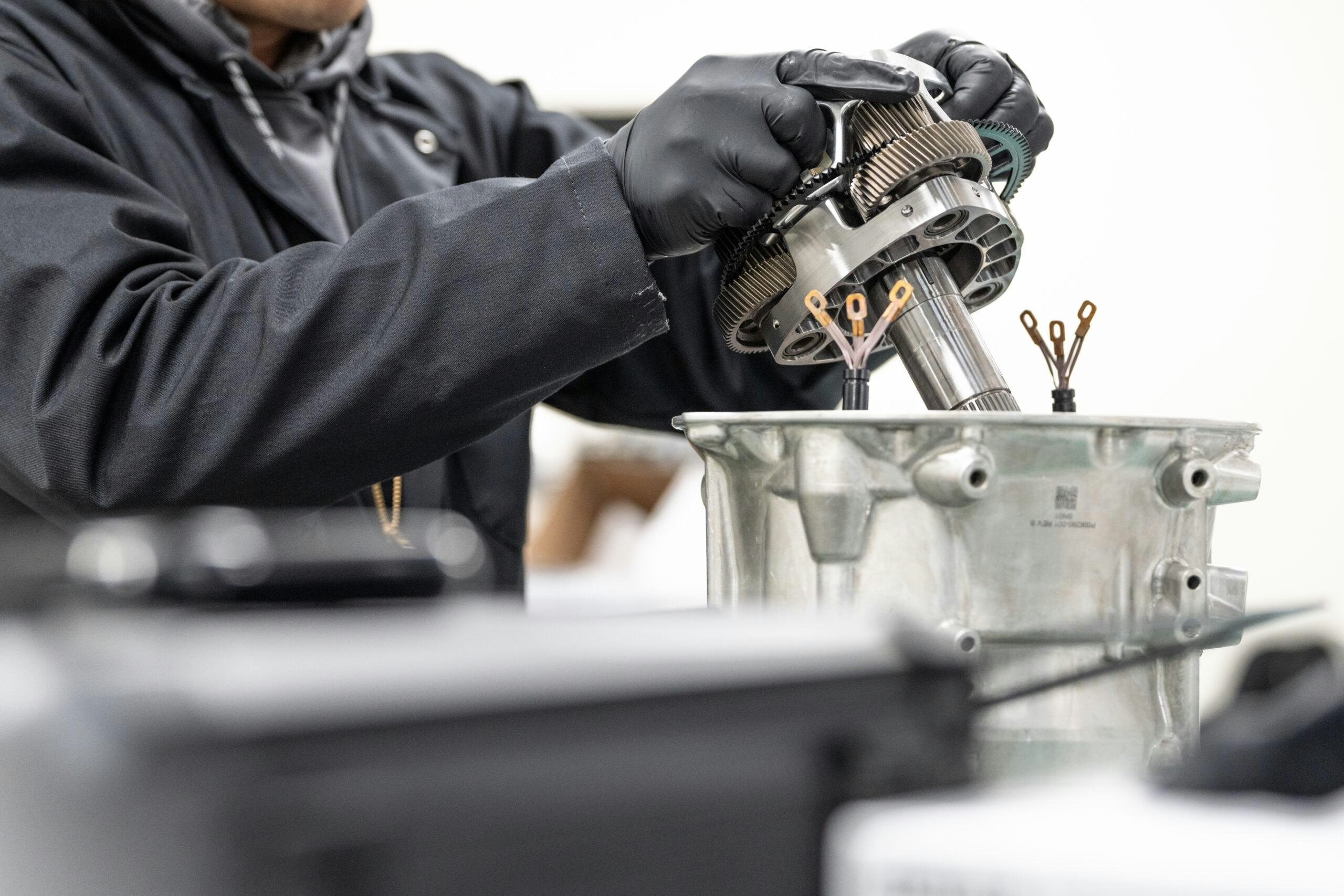
Archer Provides Electric Air Taxi Powertrain for Anduril’s Omen Concept
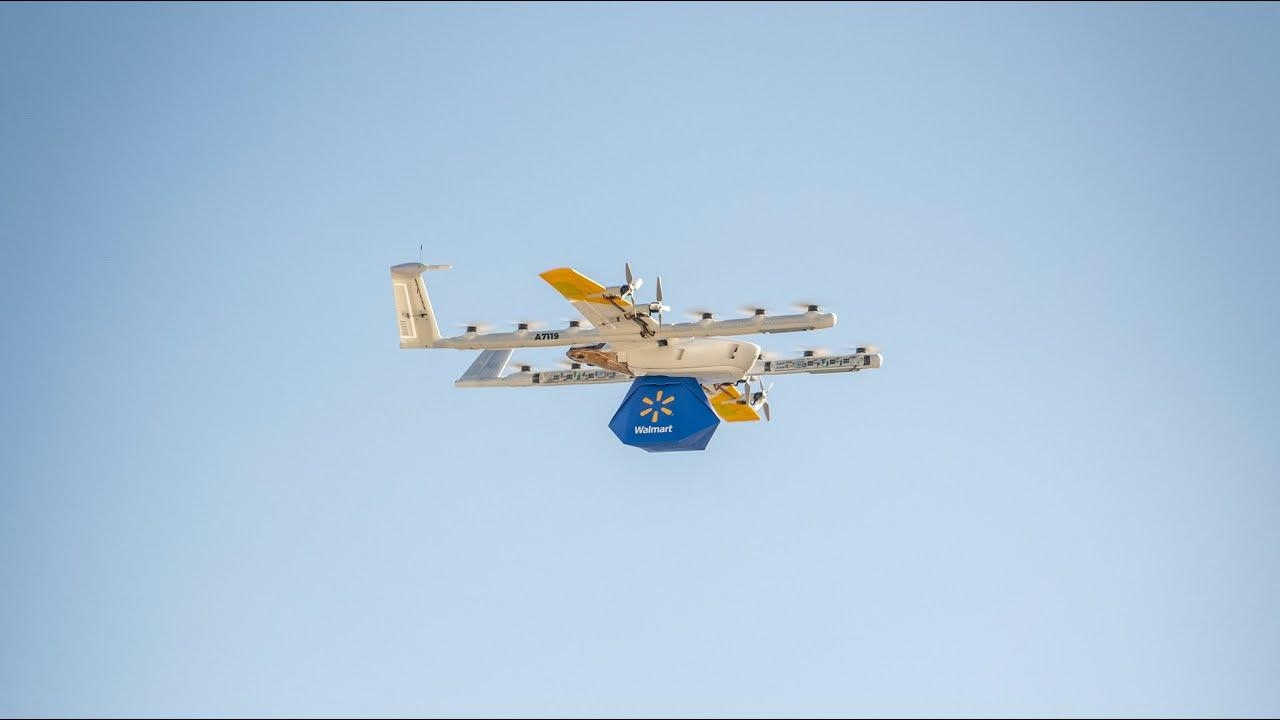
Concordia Partners to Advance Drone and E-Aircraft Technology

Sarla Aviation to Invest ₹1,300 Crore in Aerospace Facility in Andhra Pradesh

Passengers Respond Positively to Airline’s AI Flight Attendant
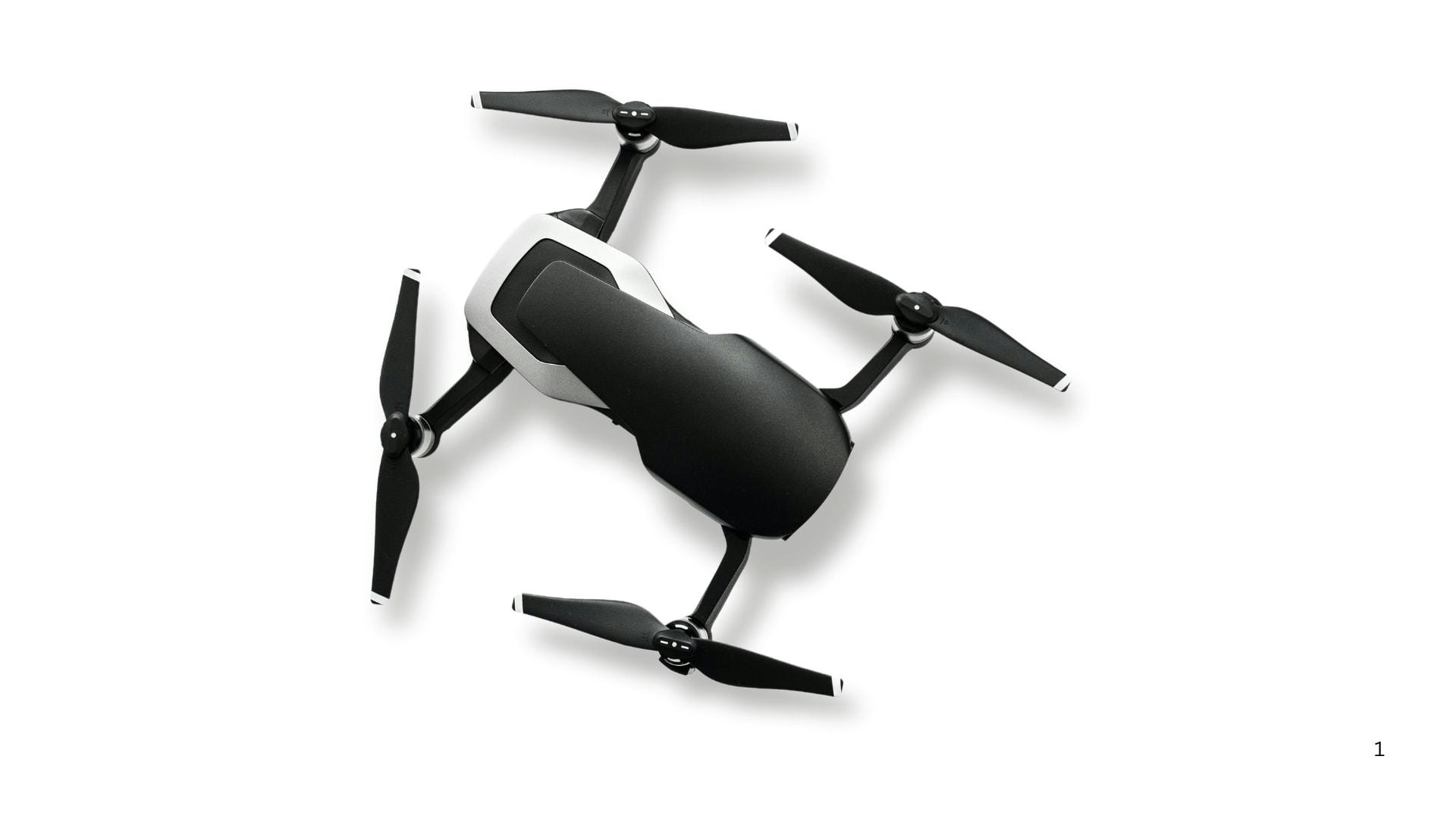
Drone Market Outlook: Trends and Forecasts Through 2033
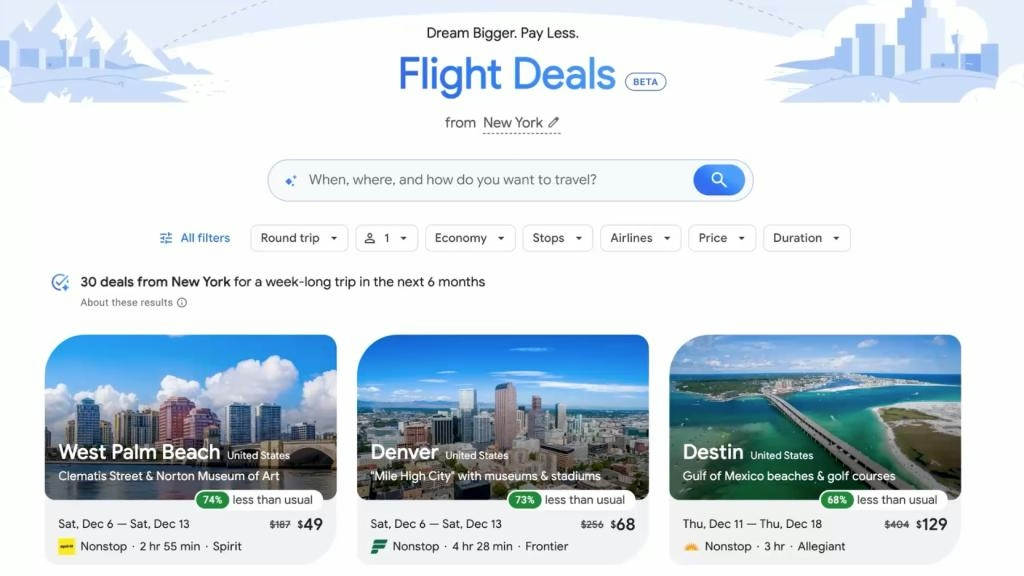
Google Develops AI for Travel Booking and Updates Travel Tools
